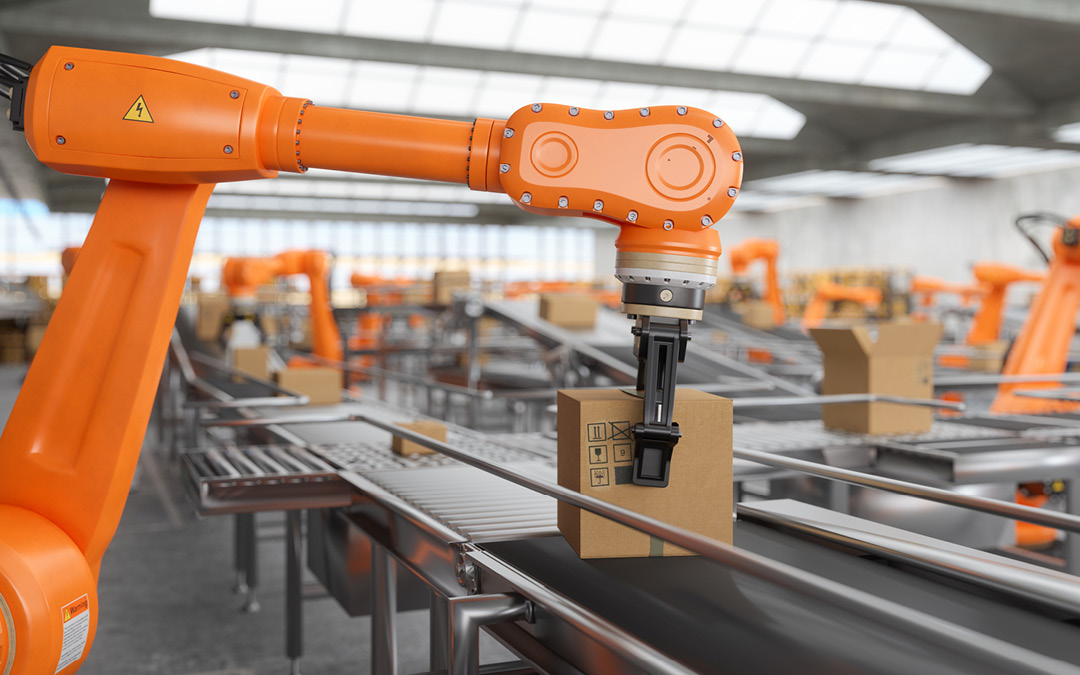After the hype comes disillusionment: the shipment volumes are decling – and this will not change any time soon. Whereas e-commerce and lockdowns caused an extreme boom during the pandemic, buying restraint is now the order of the day. But how to handle the crisis? “The CEP industry remains a growth market in the long term,” says Rico Back, Managing Partner of SKR and an expert on the industry. “Nevertheless, every company must fight to create commercially viable, resilient and sustainable structures in order to be able to cope with crisis situations in the future.”
The balance sheets of many CEP companies are under strain: inflation and price increases are leading to consumer restraint and declining shipment volumes. High wage, energy and transport costs are causing operating profits to dwindle. “At the same time, companies have to invest, for example in sustainability, digitalisation, automation or further growth,” says Rico Back. “If the business model already fails due to temporary declines in shipments, it will not be saved by the prospect of future growth.”
Sustainable business models
This is what happened with many newly emerged online ordering and delivery services. Especially during the pandemic, start-ups sprang up in the quick economy sector, delivering food and groceries within 15 to 30 minutes.
No sooner had life returned to normal than many delivery services were in crisis. The fierce competition led to a ruinous battle for market share, and it was often not possible to cover costs. Lay-offs, closures, insolvencies, or at best mergers followed.
“Online ordering and delivery services have their justification,” says Rico Back. “But in the end, the decisive factor is whether the company is based on an economically viable business model.”
Of people and machines
Worldwide, 159 billion shipments are sent on their way every year. Margins in the mass market are not huge. Fully automated conveyor and sorting systems, bundled transports, shipment tracking, route optimisation as well as low-emission delivery concepts, especially in inner cities, and flexible delivery options make parcel logistics not only efficient, but also safer, more flexible and more sustainable.
Yet not every area and every company is automatically in the black as a result of increased digitalisation and automation. Take the example of a parcel machine, which is supposed to facilitate the collection and delivery of shipments. Some market players are leading the way by setting up fully automated parcel lockers throughout the country.
It remains to be seen, however, whether this really pays off in business terms. After all, purchase, repair and maintenance costs could quickly cancel out the desired effect – namely minimising the costs per delivery stop. The use of drones and parcel delivery robots must be assessed similarly. These solutions may be interesting for niches, but they are not yet suitable as a general solution – at least not at the moment.
“Parcel logistics can adapt to the reality of people’s lives wherever the costs and benefits of the investment pay off at the end of the day,” says Rico Back. “What the delivery solutions ultimately look like must therefore be decided for each individual company and for each individual location.”
CEP – safest growth market there is
Nevertheless, the data- and AI-supported control of processes will continue to increase, provide additional meaningful optimisations and relieve employees in the warehouses and depots. In view of the shortage of staff and skilled workers, this is a positive outlook.
However, this does not mean that employees in logistics will become superfluous: the CEP market remains a people business, it cannot function without people. Whether delivery staff, employees in depots and distribution centres or IT specialists – people with different qualifications are needed and desperately sought in many areas of logistics.
The courier, express and parcel companies provide jobs, income and prosperity worldwide. Fair and transparent working conditions and compliance with legal standards should be a matter of course. Sustained growth should continue to create new jobs and a high demand for labour in the coming years. Despite the current crisis, the CEP market remains a booming business.
In 2022, it was estimated to be worth about 450.6 billion US dollars worldwide – by 2030, courier, express and parcel services are expected to reach a market size of 722.6 billion US dollars. This promises a growth of over 60 percent in eight years! Important geographical markets are China, the USA, Canada, Europe and Japan. Drivers will be the globally growing online trade, the increasing demand for goods from other countries and the demand for international doorstep delivery.
“Sustainable delivery options and resilient supply chains are more important than ever,” says Rico Back. “Investing in logistics and its future fields is worthwhile – but so is taking a close look at the viability of the respective business model.”






